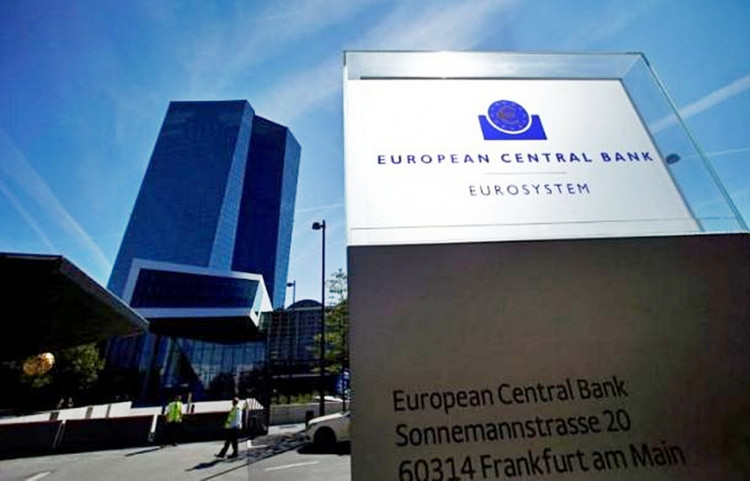The European Central Bank (ECB) on Thursday lowered its key interest rates by 25 basis points, marking the second rate cut this year as policymakers navigate economic challenges, including sluggish growth, inflationary concerns, and potential U.S. tariffs under President Donald Trump.
The move reduces the ECB's deposit facility rate to 2.5%, a widely expected adjustment as the central bank attempts to balance economic stimulus with inflation control. The ECB signaled a shift in its stance, stating that monetary policy is becoming "meaningfully less restrictive." The phrase represents a departure from earlier statements that characterized policy as restrictive, a shift that some analysts believe reflects the ECB's evolving strategy.
"Monetary policy is becoming meaningfully less restrictive, as the interest rate cuts are making new borrowing less expensive for firms and households and loan growth is picking up," the central bank stated in its policy announcement.
The ECB's latest move follows six rate cuts over the past nine months, implemented in response to persistently weak economic growth and concerns about inflation remaining above target levels. Inflation in the eurozone eased slightly to 2.4% in February, down from January's reading but still marginally higher than expected. Core inflation, which excludes volatile food and energy prices, also dipped after remaining stubbornly high in recent months.
Paul Donovan, chief economist at UBS Global Wealth Management, questioned whether the ECB's wording change signals a deeper policy shift. "Frankly, it's the case that they would say that, wouldn't they?" Donovan told CNBC. "If they were going to say, no, monetary policy is still restrictive in spite of everything we've done, they'd look rather foolish."
Beyond inflation, the ECB faces growing economic uncertainty due to Trump's trade policies and the possibility of new tariffs on European imports. The U.S. president has threatened to impose a 25% tariff on EU goods, mirroring similar measures on Canada and Mexico. Although the specific details of the tariff policy remain unclear, European policymakers are bracing for potential disruptions to trade.
The ECB also released revised economic projections, forecasting that eurozone inflation will average 2.3% in 2025, slightly higher than its previous estimate of 2.1%. The revision reflects concerns over rising energy prices, which could disrupt the disinflation process and delay the return to the central bank's 2% target. Growth expectations were also adjusted downward, with ECB staff now predicting GDP growth of 0.9% in 2025, down from the previous 1.1% projection.
"The downward revisions for 2025 and 2026 reflect lower exports and ongoing weakness in investment, in part originating from high trade policy uncertainty as well as broader policy uncertainty," the ECB stated.
European leaders are also contending with rising defense spending commitments, particularly as the region responds to Russia's war in Ukraine. German Chancellor-in-waiting Friedrich Merz has signaled that Berlin is prepared to take on additional debt to increase military funding, a stance that has contributed to volatility in European bond markets.
Higher borrowing by Germany has sparked a surge in bond yields, particularly in Italy and France, where investors fear fiscal tightening measures may be necessary to stabilize government finances. The ECB is under pressure to prevent borrowing costs from escalating, adding another layer of complexity to its monetary policy decisions.
While the ECB remains committed to supporting economic growth, officials appear divided on how much further rates should fall. Some policymakers argue that rates may need to drop below the so-called "neutral rate" to provide additional stimulus, while others caution against excessive easing that could reignite inflation.






